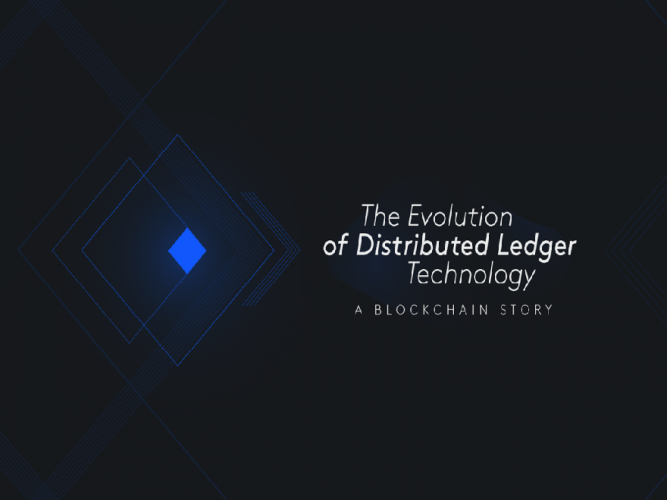SKYCOIN AIMS TO FIX THE FATAL DEATH OF BITCOIN AND ETHEREUM

Bitcoin Press Release: Skycoin, a blockchain created by Bitcoin and Ethereum original developers, is looking to resolve errors found in previous blockchain.
April 09, 2018, Shanghai Bitcoin looks great on the surface, with very noble ideals to bring financial freedom to those who will no longer deal with traditional finance or can not access the financial system. When the idea of cryptocurrency begins to gain attraction, this scene develops quickly, and the newborn cryptocurrency will lead to the beginning of "cryptocurrency 2.0". This new cryptocurrency will serve as a launching point for hundreds of projects that are looking for a way into the blockchain space. Second generation cryptocurrency is Ethereum.
Bitcoin and Ethereum, in essence, are broken.
Bitcoin and Ethereum both use the Proof-of-Work (PoW) algorithm to reach consensus on their networks. In a basic sense, what this means is a miner in a race against each other to solve complex mathematical problems to verify that network transactions have been successfully completed. "Winners" get paid to do the job or prove the job, with the payment being a fraction of the total number of transactions.
Why is this a problem?
In the early programming of Bitcoin, there was a fundamental miscalculation that the mining process would result in an economic incentive structure conducive to decentralization. In contrast, PoW has a concentrated influence among the mines that can operate resource-intensive miners with cheap electric power. These influential groups can organize broad changes to the network with things like soft fork. Satoshi Nakamoto identifies mining control as the largest non-critical threat to the Bitcoin network, because of the 51% chance of attack when more than 50 percent of the hashing power is limited to one entity.
According to Energy Researcher Sebastiaan Deetman;
"If bitcoin tissue continues to grow ... it can lead to continuous power consumption ... [equivalent to] total consumption ... Denmark by 2020. Continuous power consumption through processing power required by mining raises monthly fees in tens of millions. There is little sustainability in the long term. "
Enter Obelisk
Obelisk distributes influence over the network according to the web-of-trust architecture. The network consists of nodes. This node is much cheaper to produce, obtain and operate than traditional miners used to mine Bitcoin or Ethereum. Obelisk is designed to be a scalable and low-cost computing alternative for PoW, allowing algorithms to run on budget hardware. Centralization becomes almost impossible when almost everyone is able to operate a node.
This web-of-trust consensus also prevents the development of centralized power. Skycoin does not rely on mining incentives, therefore it is not susceptible to attack 51%. In addition, there is no reason for mining to start buying thousands of computers to run the Obelisk because there is no chance to take over the network and have full effect. Additionally, if one group is doing enough resources to disrupt the network, there will be little impact on network users because this type of takeover will be detected and shut down soon.
Currently, the easiest way to operate Obelisk nodes is to purchase Skywire Miner or create your own DIY version. When running Obelisk node itself does not generate value for money, it keeps the security of blockchain Skycoin. When building Skyminer, one can opt to donate resources by operating nodes on the Skywire network and getting Skycoin (SKY) for those resources and bandwidth. Skywire is a decentralized peer-to-peer network given incentives through SKY. This incentive mechanism gives the value attached to Skycoin. Where the value of Bitcoin is obtained by speculating about the value provided by the network in the future, the value of Skycoin will soon appear after Skywire testnet launched.